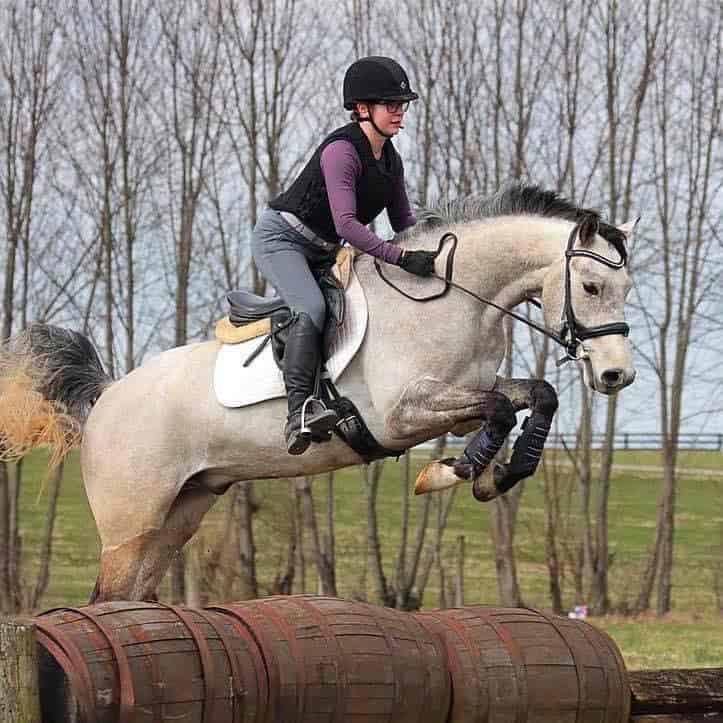Using Shock Wave Therapy to Manage Sport Horses
Jessica Gould, DVM, demonstrates how she uses shock wave therapy on an older competing Irish Sport Horse.
Share
ADVERTISEMENT
Caroline Carney and her Irish Sport Horse mare, PL Cha Cha, have trained and competed together in eventing for years. “Cha” is now 18 and has some mild back and neck discomfort. After an evaluation on the longe line, Jessica Gould, DVM, of Hagyard Equine Medical Group, in Lexington, Kentucky, decided extracorporeal shock wave therapy (ESWT) was an ideal noninvasive option to keep Cha comfortable in her job. Shock wave therapy works by transmitting intense but short energy pulses to specified locations to help manage a variety of injuries and conditions.

First Gould discussed the benefits of ESWT with Carney. Gould has previously helped manage Cha with joint injections, but she decided to see how the mare would respond to shock wave.

Gould said one of the things that makes shock wave therapy in horses so popular and easy to perform is the minimal prep work on the part of the owner. “Prior to preforming shock wave it is important to have your horse well-groomed and they should be dry for the therapy,” she said. This helps with conduction to make the therapy as effective as possible.

Since Cha has presented clinically with mild discomfort in both her back and neck, Gould opted to cover both areas in one session. She applied shock wave/ultrasound gel liberally to Cha’s back and neck to help improve acoustic wave conduction. Since horses typically tolerate back and neck treatment well, Gould opted not to sedate the mare. However, she noted that “often times shock wave performed on distal limbs or bony areas without a lot of muscle coverage may require sedation.”

Gould said using more than one probe can be useful if she needs to reach both superficial and deep structures in the same area, and she often switches out the probe mid-treatment to help get the best result.

Most horses do not need to take any time off post-shock wave therapy prior to returning to work, unless it is being used to treat an acute injury, said Gould. In the latter case extra caution should be taken after treatment because the modality does offer analgesic (pain-reducing) properties and horses can suddenly feel significantly better, adding risk of further injury.
“After shock wave therapy is performed on your horse, it is important to make sure all the gel is removed,” she added. “I recommend either using a damp cloth or hosing the horse off.” After that, the horse can return to her normal routine, barring underlying injuries or other concerns.

Share

Written by:
Shoshana Rudski
Related Articles
Stay on top of the most recent Horse Health news with












